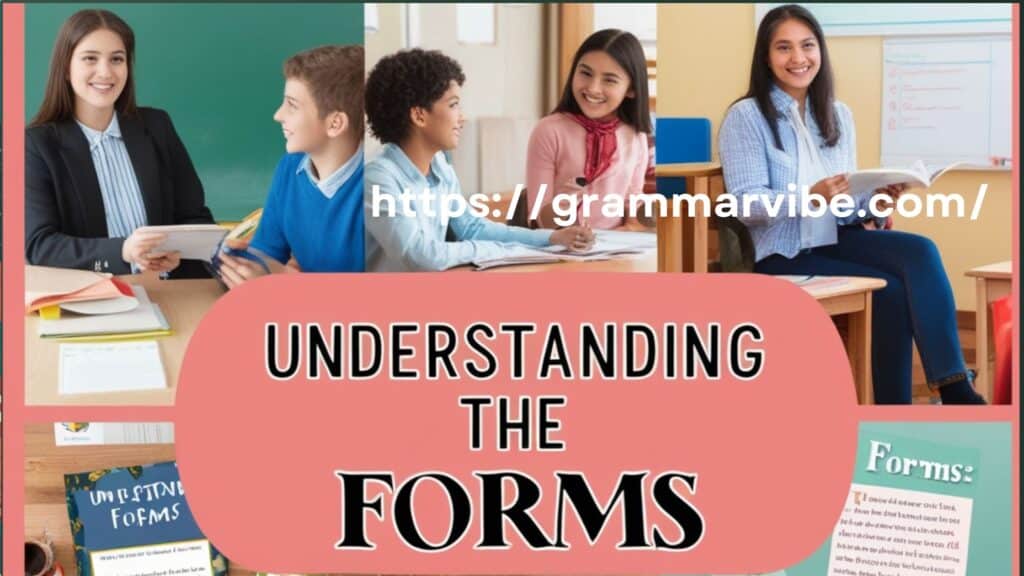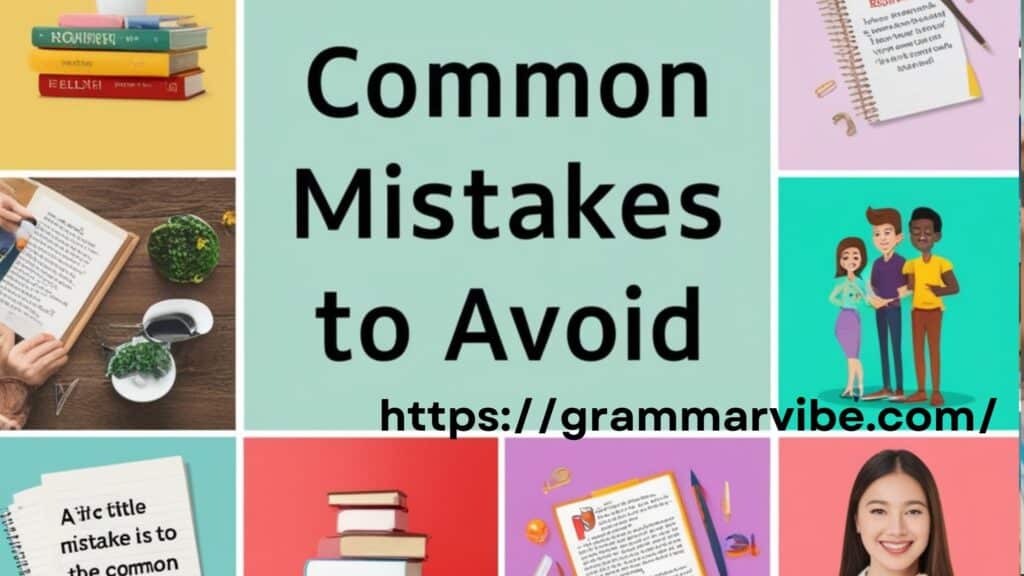Mastering the possessive forms in English—friend’s, friends’, and friends—can be crucial for effective communication. These terms help convey ownership and relationships among individuals.
We will explore each term in detail, providing practical examples and scenarios to illustrate their use, along with some common pitfalls to avoid.
Table of Possessive Forms
| Form | Example Sentence |
|---|---|
| Singular | Friend |
| Plural | Friends |
| Singular possessive | Friend’s |
| Plural possessive | Friends’ |
You might also like: Roberts’ or Roberts’s
Understanding the Forms

Singular: Friend
The term friend refers to an individual in your social circle. It emphasizes personal relationships and can be used in various contexts. Here are some examples to illustrate its use:
- My friend is coming over tonight.
This sentence shows a specific individual who is visiting. - After school, I often hang out with my friend.
Here, the focus is on the social activity with a singular friend.
Check out this: Lucas’s or Lucas’
Plural: Friends
When discussing more than one person, we use the term friends. This form is essential when talking about groups or collective activities. Examples include:
- Three friends joined the book club.
This specifies a particular number of individuals involved in a shared interest. - Friends often share memories during reunions.
This statement highlights the general idea of friendships and shared experiences.
Singular Possessive: Friend’s
The singular possessive form—friend’s—indicates ownership or association with one friend. This can refer to items, qualities, or actions attributed to that individual. Here are detailed examples:
- My friend’s car broke down yesterday.
This shows that the car belongs to one specific friend, emphasizing a personal connection to the situation. - The friend’s laughter filled the room.
This captures the joyful essence of a single individual, showcasing their impact on a social setting. - I attended my friend’s wedding last summer.
Here, the wedding is a significant event associated with one person.
For your interest: Ross’s or Ross’
Plural Possessive: Friends’
The plural possessive form—friends’—is used to denote ownership by a group of friends. This form can reference physical items, collective opinions, or shared experiences. Here are some examples:
- The friends’ vacation was unforgettable.
This indicates that the vacation belongs to multiple friends, emphasizing their shared enjoyment. - The friends’ hangout spot is a cozy café downtown.
This describes a place frequented by the group, showing their communal connection to it. - Someone borrowed the friends’ favorite board game.
Here, it highlights a shared item cherished by the group.
Detailed Usage of Each Form
The Singular Form: Friend
Using friend focuses on one individual. Here are additional contexts where you might use this term:
- My friend loves to bake cookies on weekends.
This shows a specific hobby of one friend. - Whenever I need advice, my friend is always there for me.
This emphasizes the support provided by a single individual.
Explore further: Sister’s or Sisters’ or Sisters
The Plural Form: Friends
When switching to friends, the context shifts to a group. Here are more examples to illustrate this:
- The friends organized a road trip last summer.
This statement emphasizes a collective experience enjoyed by the group. - Friends often collaborate on projects for school.
This highlights teamwork and the supportive nature of friendships.
The Singular Possessive: Friend’s
When using friend’s, you point out ownership or characteristics related to one friend. More examples include:
- The friend’s advice helped me through a tough time.
This highlights how a specific individual’s guidance positively affected someone. - Her friend’s painting was displayed in the gallery.
This emphasizes the artwork created by that one individual.
Related content: Other Ways to Say “I Hope You Had a Great Vacation”
The Plural Possessive: Friends’
This form highlights ownership by a group, showing collective experiences and shared items. Here are more examples:
- The friends’ contributions to the project were invaluable.
This indicates that the work done by multiple friends significantly impacted the outcome. - The friends’ shared memories make their bond stronger.
This highlights how collective experiences enhance relationships.
Recommended reading: Employee’s or Employees’ or Employees
Summary of the Differences

Understanding the distinctions between friend’s, friends’, and friends is crucial for clear communication. Here’s a concise summary:
- Friend’s: Indicates something belonging to one friend.
- Friends’: Indicates ownership by multiple friends.
Being mindful of these differences will help you avoid common mistakes and communicate more effectively.
Practical Scenarios for Better Understanding

Let’s explore practical scenarios that illustrate these terms in action. This will further clarify their usage in real-life situations.
Scenario 1: Planning an Event
Imagine you’re organizing a birthday party. Here’s how you might phrase things:
- My friend’s idea for the theme was fantastic.
Here, you credit one friend for the creative concept. - All friends are invited to celebrate this special day.
This invitation emphasizes inclusivity, welcoming the entire group.
For your interest: Member’s or Members’ or Members
Scenario 2: Discussing an Outing
When discussing a group outing:
- The friends’ picnic at the park was delightful.
This shows a collective activity enjoyed by multiple friends. - I asked my friend to help me with the preparations.
This highlights the involvement of one specific friend in your plans.
Scenario 3: Talking About Interests
Discussing hobbies can also illustrate these terms clearly:
- My friend’s favorite sport is soccer.
You’re emphasizing the individual interest of one friend. - Friends’ interests can vary widely.
This statement recognizes the diversity within a group of friends.
Scenario 4: Sharing Experiences
Reflecting on experiences can highlight ownership:
- The friend’s story about traveling abroad was captivating.
This emphasizes a single friend’s unique experience. - The friends’ experiences during the road trip brought them closer.
This highlights how shared moments can strengthen relationships.
Common Mistakes to Avoid

Being aware of frequent mistakes can help ensure clarity in your writing. Here are some pitfalls to watch out for:
- Using the wrong form: Avoid saying friends’s when referring to something belonging to multiple friends. Always use friends’ for the plural possessive.
- Mixing singular and plural: It’s important to maintain clarity. Avoid phrases like friend’s when discussing multiple individuals.
- Overgeneralization: Be specific when discussing singular or plural contexts. Precision helps convey your message clearly.
Final Thoughts
Grasping the differences between friend’s, friends’, and friends is essential for effective communication. By understanding possessive forms, you can express relationships and ownership clearly.
Whether you’re drafting a casual message, a formal invitation, or an engaging story, using these terms accurately will enhance your writing. Always aim for clarity and inclusivity, ensuring your audience understands your message without confusion.

Kyren Paul is an experienced blogger and the creative mind behind “Grammar Vibe.” With a passion for the nuances of English grammar, he brings clarity and insight to everyday language topics, making grammar accessible and engaging for readers of all levels.











Leave a Comment